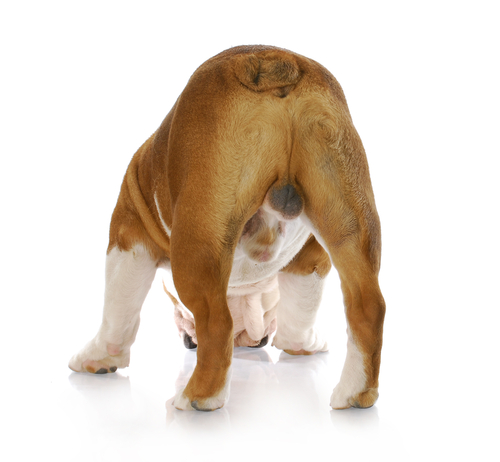Sterilisation


Most pets are neutered at about 6 months of age.
There are various benefits to doing this in female dogs.
• Prevents unwanted pregnancy.
• Greatly reduces if not eliminates the possibility of her developing mammary cancer later in life.
• Prevents the development of an infected uterus which usually occurs after 4 years.
There are also some risks.
• Increased risk of post spay hormone related incontinence especially in large breed dogs and if done before 3 months of age.
• Increased risk of obesity and hypothyroidis
The benefits to early castration of male dogs are not as radical.
• Reduce risk of benign prostatic hyperplasia (overgrowth) and infection although not the risk of cancer. The hyperplasia is reversible if neutering happens later in life.
• Reduce risk of perineal hernia
• Reduce incidence of perianal adenomas (benign lumps on anus)
• Reduce urine marking, mounting and roaming.
• Reduces aggression in about 1/3 of dogs.
The risks associated with early castration can be serious.
• Increased incidence of osteosarcoma formation in Rottweilers
• Increased incidence of orthopaedic conditions (hip dysplasia, cruciate disease)
